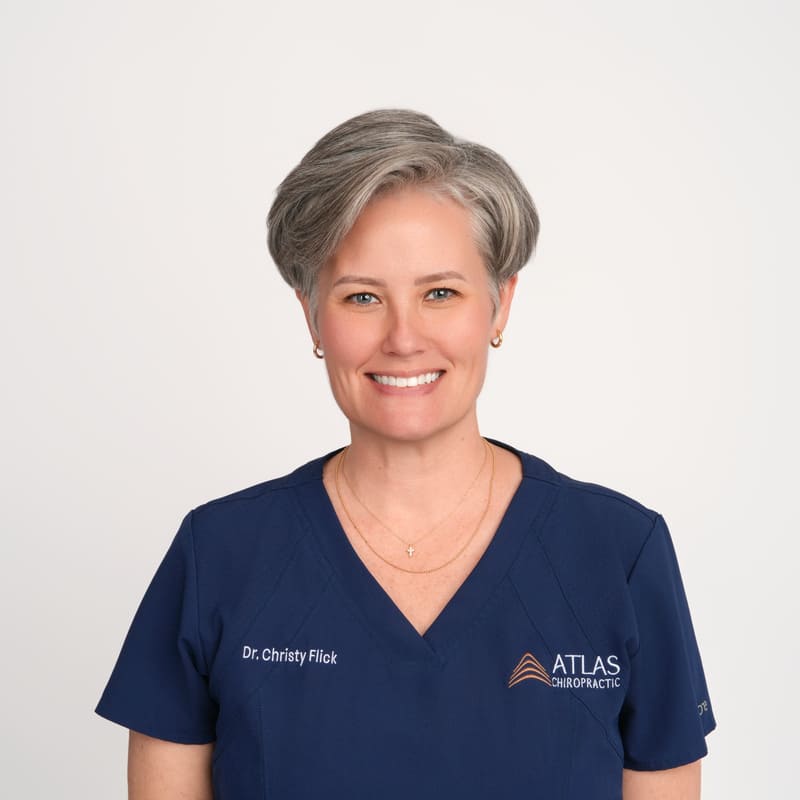If you’re considering upper cervical chiropractic care, you may assume that all chiropractors use the same approach. However, not all upper cervical techniques are created equal. While the goal of upper cervical care is always to restore proper spinal alignment and improve nervous system function, the methods, precision, and effectiveness can vary significantly depending on the chiropractor’s training, technique, and philosophy.
Choosing the right upper cervical chiropractor is essential to getting the best results. Here’s what you need to know about the differences in upper cervical care and how to find the best approach for your health needs.
1. Different Techniques, Different Results
Upper cervical chiropractic care focuses on the atlas (C1) and axis (C2) vertebrae, which have a direct impact on the nervous system, brainstem, and posture. However, not all chiropractors use the same method to correct misalignments in this area.
Some approaches rely on:
- Manual force adjustments – Quick thrusts to move the vertebrae into position
- Torque-based techniques – Adjustments that use rotational force
- Precision-based techniques – Methods like Orthospinology, NUCCA, Blair, AO, Epic, or QSM3 which use advanced imaging and mathematical calculations for exact corrections
The difference? Precision techniques result in longer-lasting corrections with less force, while some traditional methods may require more frequent adjustments and rely on a one-size-fits-all approach.
2. Why Precision and Customization Matter
The upper cervical spine is incredibly delicate, and even a misalignment of a fraction of a millimeter can disrupt nerve function and lead to issues like:
✔ Chronic headaches & migraines
✔ Neck and back pain
✔ Vertigo & dizziness
✔ TMJ dysfunction
✔ Postural imbalances
A highly precise adjustment tailored to your unique misalignment ensures that the correction is effective, stable, and long-lasting. Chiropractors who use imaging-based, calculated corrections—rather than general force-based adjustments—can provide more reliable, predictable results.
💡 More precision = better alignment and longer-lasting relief.
3. The Difference Between Gentle and High-Force Adjustments
Another key difference in upper cervical chiropractic techniques is the amount of force used during the adjustment.
Some methods involve high-velocity thrusts, cracking, and twisting of the neck, while others—such as Orthospinology—use a gentle, controlled correction that relies on physics and biomechanics rather than brute force.
✔ Gentle techniques = safer for all ages, including children and seniors
✔ No twisting or cracking = more comfort and less risk of aggravation
✔ Low-force corrections = better long-term spinal stability
Patients who have tried forceful adjustments in the past often prefer a gentle, customized approach that provides the same or better results without discomfort.
4. Advanced Imaging vs. Manual Assessments
Not all upper cervical chiropractors use the same level of technology to analyze and correct misalignments. Some rely on manual palpation (feeling for misalignments with their hands), while others use high-tech imaging for exact measurements.
The most advanced upper cervical chiropractors use:
📌 Digital X-rays or Cone Beam CT scans – Provides an exact 3D image of misalignment
📌 Mathematical vector analysis – Ensures a correction is applied at the perfect angle
📌 Post-adjustment xrays– Confirms the alignment has been successfully restored
Without these tools, adjustments may be based more on estimation than precision, which can result in less effective corrections and more frequent visits.
5. Finding the Right Upper Cervical Chiropractor for You
When choosing an upper cervical chiropractor, ask these questions to ensure you’re getting the best care:
✅ Do they use imaging and calculations for precise adjustments?
✅ Do they use a gentle, low-force approach?
✅ Do they focus on long-term spinal stability correction?
✅ Do they explain their process and show objective results?
At Atlas Chiropractic in Waco, TX, we specialize in Orthospinology, a scientific, precision-based approach to upper cervical care. Using advanced imaging and gentle corrections, we help patients achieve lasting spinal stability, better posture, and improved nervous system function—without aggressive force.
The Bottom Line
Not all upper cervical chiropractors take the same approach—and the technique used can make a huge difference in your results. A chiropractor who prioritizes precision, gentle corrections, and advanced imaging can offer a safer, more effective, and more comfortable experience.
If you want to experience the benefits of a precision-based, gentle upper cervical adjustment, schedule a consultation with us today at Atlas Chiropractic in Waco, TX!

